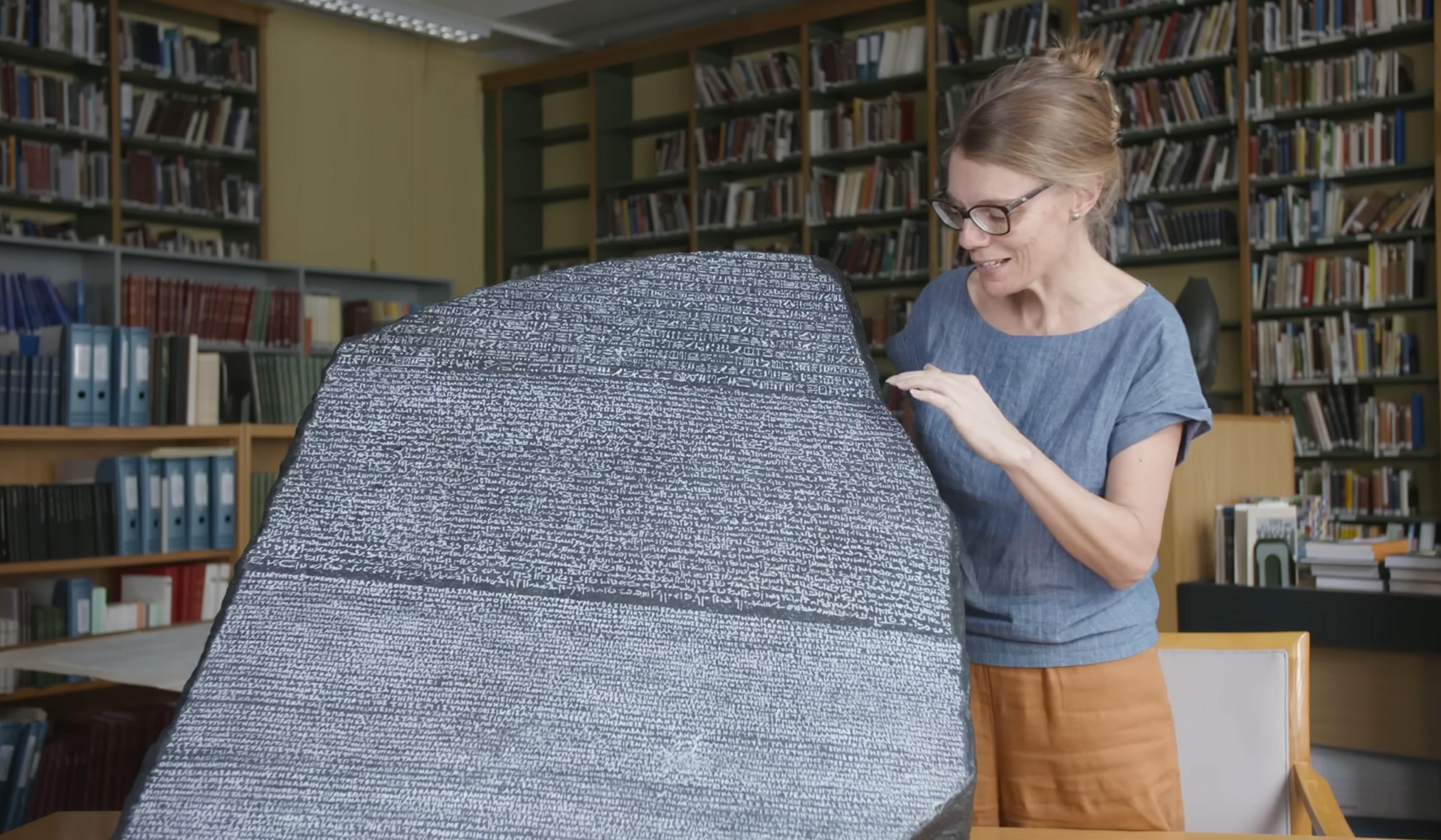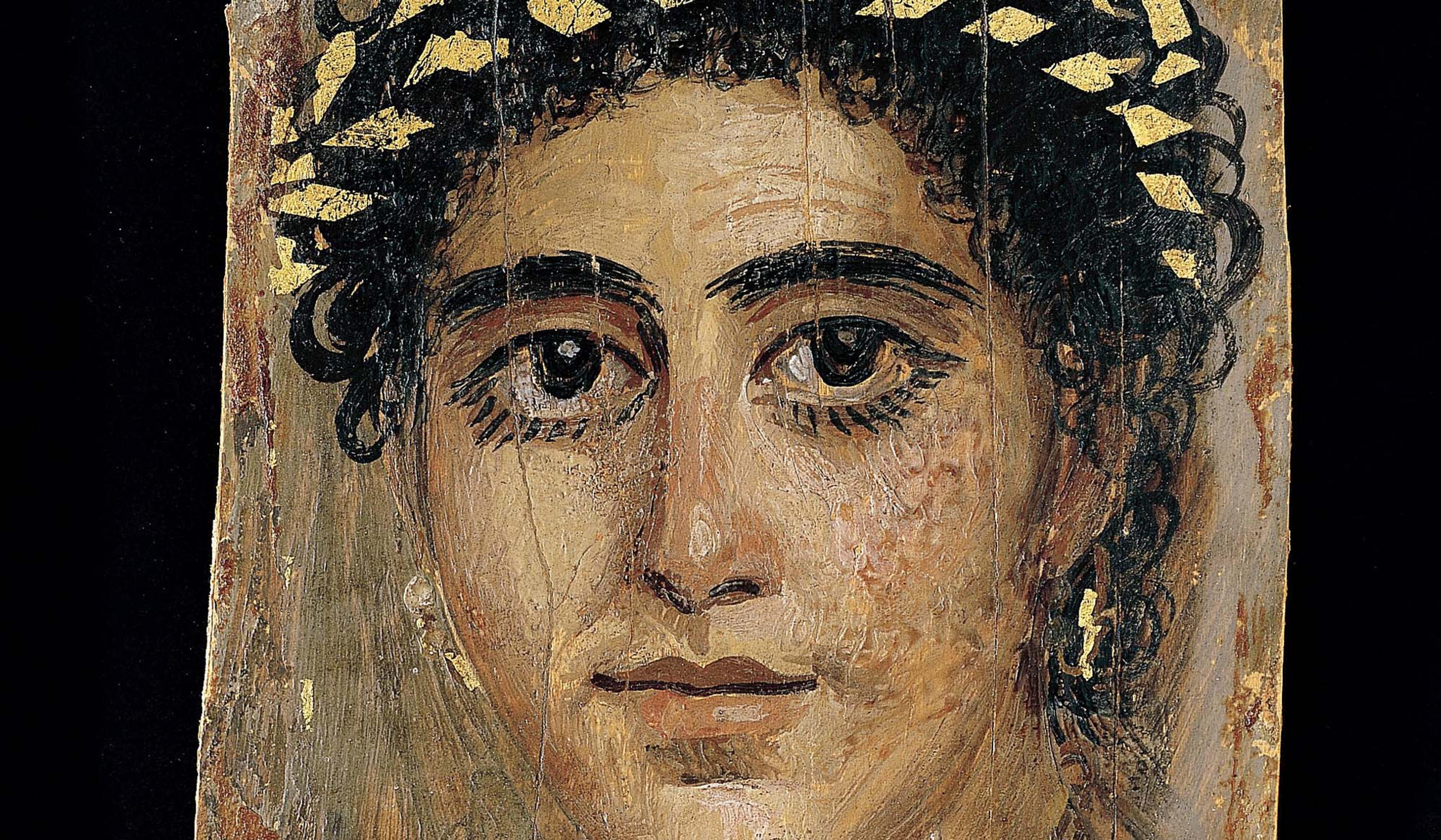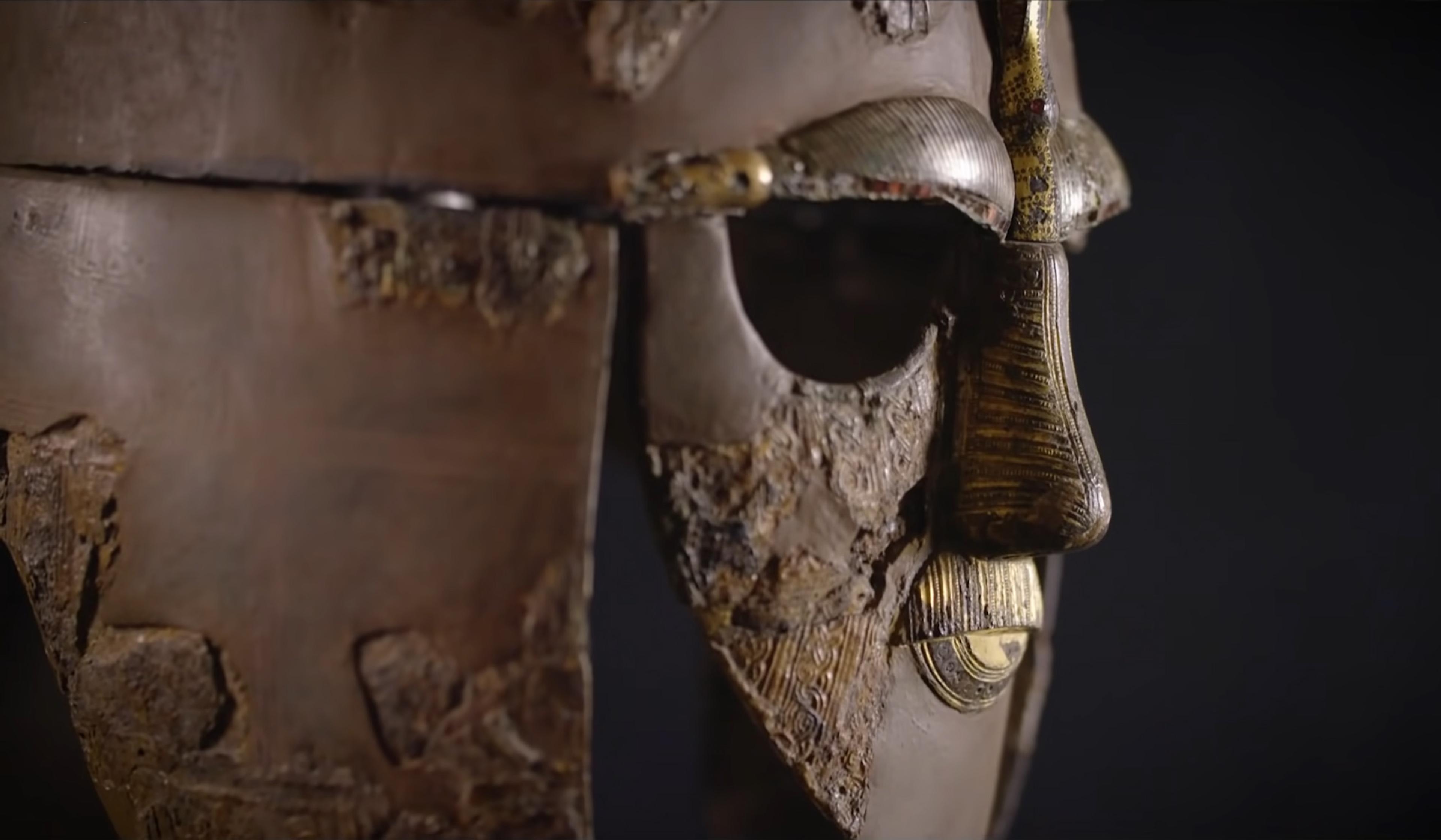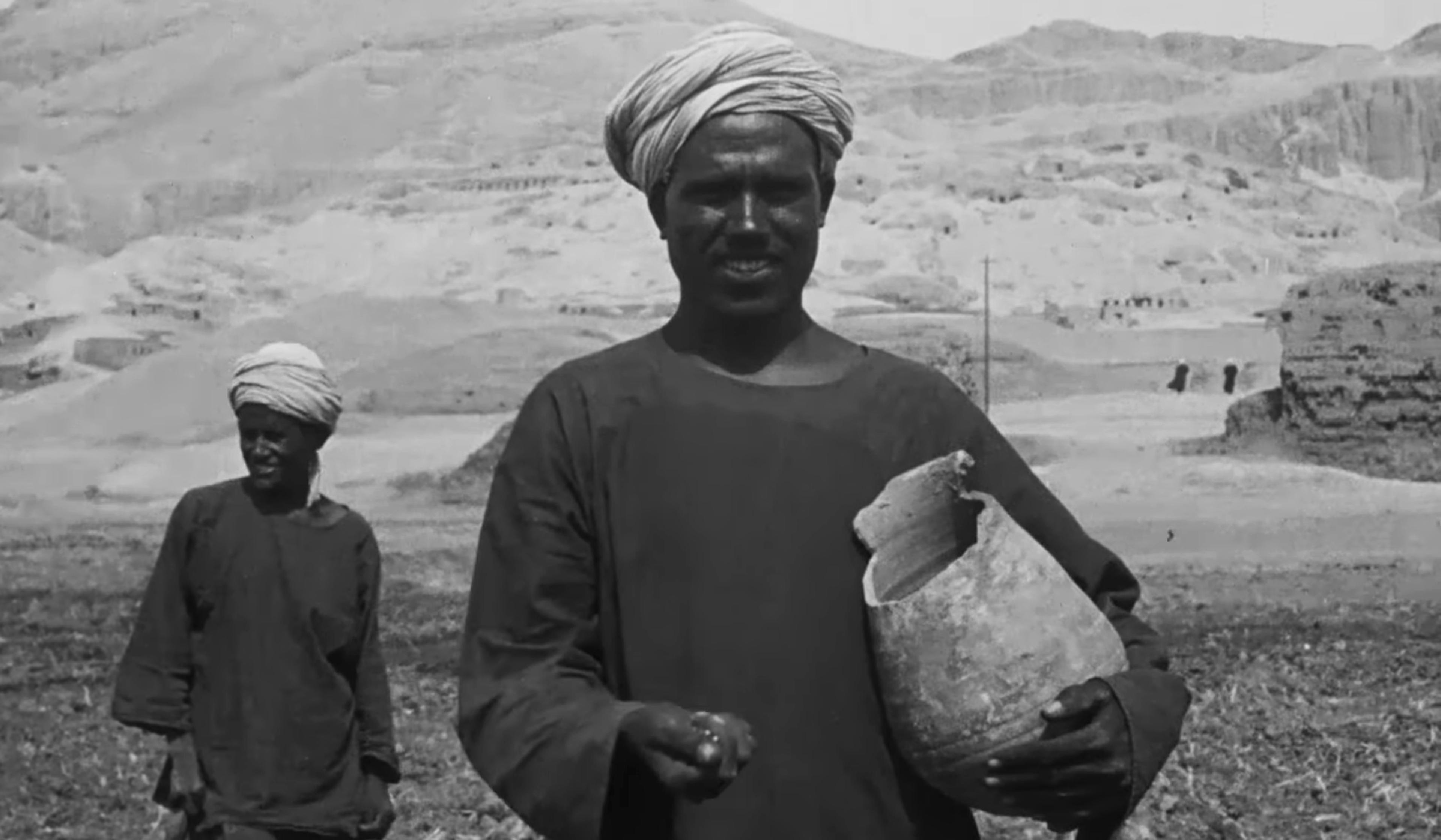In 1922, a relatively obscure ancient Egyptian pharaoh became an international sensation when a team led by the British archaeologist and Egyptologist Howard Carter discovered the tomb of Tutankhamun, who reigned from roughly 1332-1323 BCE. The discovery marked the first time a pharaoh’s tomb had been entered essentially unlooted and untouched, providing an invaluable glimpse into ancient Egyptian society. In this short video, Daniela Rosenow and Richard Parkinson of the Griffith Institute at the University of Oxford discuss both the riveting first moments of discovery and the 10-year excavation that followed, during which archaeologists would comb over some 5,000 burial objects. In particular, Rosenow and Parkinson detail the work of the British photographer Harry Burton who, tasked with documenting the immense find, took a now-famous photo of an eclectic clutter of items revealed inside the tomb’s antechamber.

videoThe ancient world
What did the Rosetta Stone’s inscription actually communicate?
17 minutes

videoThe ancient world
Haunting dispatches from the edge of the Roman Empire, just before its collapse
15 minutes

videoArchaeology
The meanings and mysteries of the iconic Sutton Hoo helmet brought vividly to life
19 minutes

videoAnthropology
Stunning century-old footage of the Nile valley carries echoes from the ancient past
27 minutes

videoArchaeology
What’s an ancient Greek brick doing in a Sumerian city? An archeological investigation
16 minutes

videoHistory of technology
See the Mediterranean as it was captured in some of the earliest surviving photographs
20 minutes

videoArchaeology
How researchers finally solved the puzzle of the oldest known map of the world
18 minutes

videoArchaeology
At a prehistoric pigment mine, researchers glimpse our earliest moments in the Americas
25 minutes

videoAnthropology
How footprints trapped in time unlocked a mystery of early hominids
8 minutes